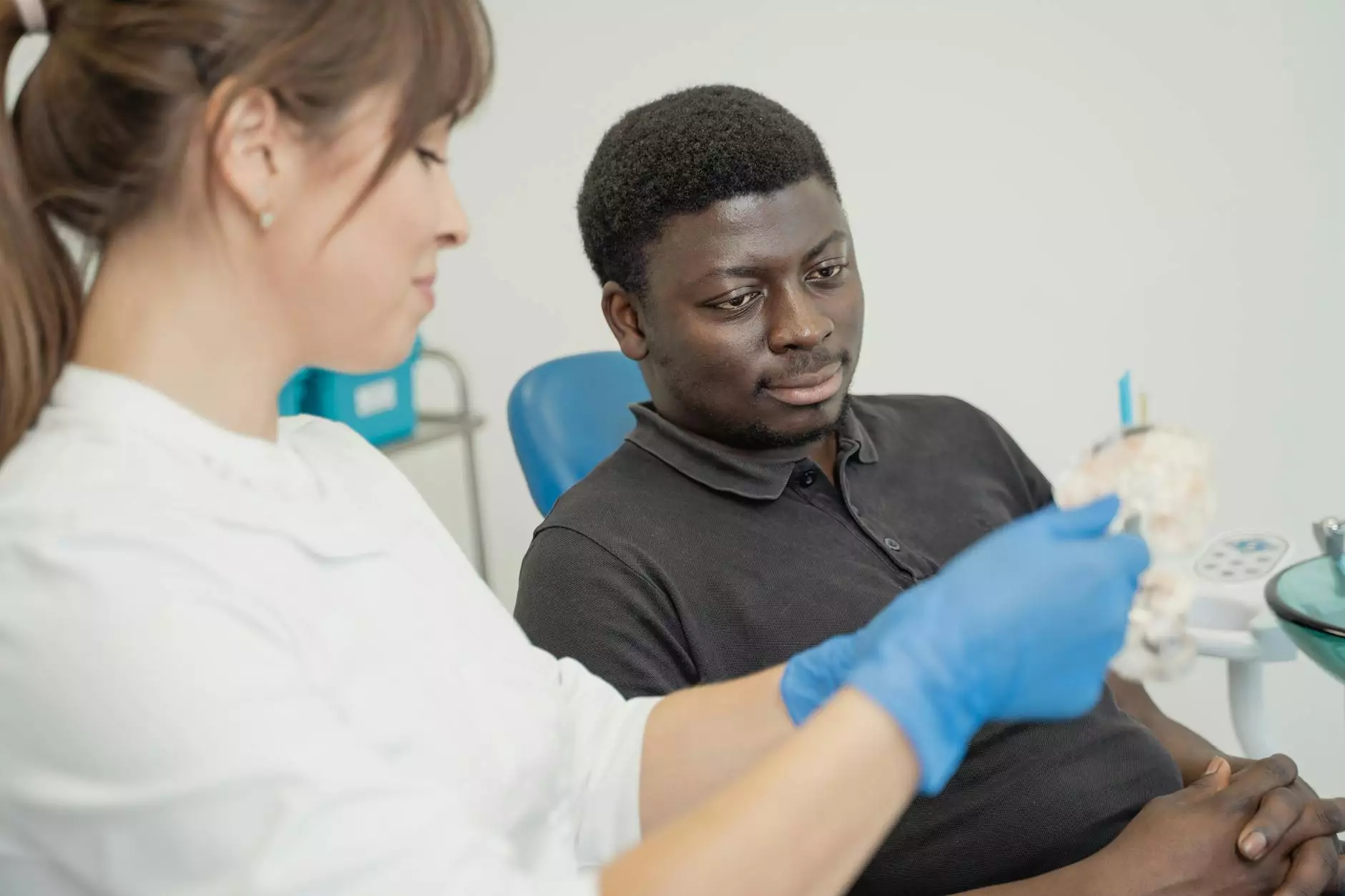Tendinosis vs Tendinitis: Understanding the Differences and Treatment Options

Tendinosis and tendinitis are two conditions that can cause pain and discomfort in the tendons of the body. Understanding these two conditions is vital for proper diagnosis and treatment. This article will delve deep into the definitions, differences, symptoms, causes, and the best treatment options available for both conditions.
What Are Tendons?
Tendons are flexible but strong connective tissues that attach muscles to bones. They play a critical role in facilitating movement and stability in the human body. Due to their vital functions, any issues involving tendons can significantly affect mobility and quality of life.
Defining Tendinitis and Tendinosis
What is Tendinitis?
Tendinitis refers to the inflammation of a tendon. It is typically characterized by pain, tenderness, and swelling in the affected area. This condition often arises from acute injuries or repetitive motion. Commonly affected tendons include those in the shoulders, elbows, wrists, knees, and ankles.
What is Tendinosis?
Tendinosis, on the other hand, is a degenerative condition that occurs when the tendon’s collagen fibers break down due to chronic overuse. This condition represents a failure of the body's healing response, leading to the deterioration of the tendon without the presence of inflammation. Tendinosis can develop over time and is often overlooked until serious symptoms present themselves.
Key Differences Between Tendinosis and Tendinitis
While tendinitis and tendinosis are often thought to be the same, they differ significantly in terms of their causes, symptoms, and treatment. Here are the primary distinctions:
- Cause: Tendinitis is generally caused by acute injury or repetitive strain, whereas tendinosis results from chronic tendon overuse.
- Inflammation: Tendinitis involves inflammation, while tendinosis does not.
- Symptoms: Tendinitis symptoms can include acute pain and swelling, while tendinosis is characterized by a dull ache and stiffness.
- Treatment Approaches: While both can benefit from rest, tendinitis may respond better to anti-inflammatory treatments, whereas tendinosis may require rehabilitation focused on tissue healing.
Symptoms of Tendinitis and Tendinosis
Symptoms are crucial in distinguishing between tendinitis and tendinosis. Here is a closer look at the common symptoms associated with each condition:
Symptoms of Tendinitis
- Pain: Usually sudden and sharp, especially during activity.
- Swelling: Noticeable inflammation around the affected tendon.
- Limited Range of Motion: Difficulty moving the joint associated with the affected tendon.
- Warmth: The area around the tendon may be warm to the touch.
Symptoms of Tendinosis
- Chronic Pain: A persistent ache that worsens with activity.
- Stiffness: Particularly noticeable after periods of inactivity.
- Loss of Strength: Weakness in the affected limb.
- Thickened Tendon: The tendon may appear enlarged or nodular.
Common Causes of Tendinitis and Tendinosis
Causes of Tendinitis
Tendinitis often results from a combination of factors, including:
- Repetitive motion activities, such as playing sports or performing specific job tasks.
- Poor posture that puts additional strain on tendons.
- Sudden injuries that cause trauma to the tendon.
- Age, as tendons become less flexible and more susceptible to injury over time.
Causes of Tendinosis
Tendinosis is generally caused by:
- Chronic overuse of the tendon, leading to repetitive stress.
- Aging, as the body’s natural healing capacity declines.
- Underlying health conditions, such as diabetes or rheumatoid arthritis.
- Poor biomechanics, which can lead to excess strain on specific tendons.
Diagnosis of Tendinitis vs. Tendinosis
Accurate diagnosis is a crucial step in managing and treating tendon conditions effectively. A healthcare professional will typically follow these steps when diagnosing tendinitis or tendinosis:
Medical History Review
Pain history and activities that could have led to the current condition will be reviewed. Understanding the specific symptoms will help determine whether it is tendinitis or tendinosis.
Physical Examination
A physical examination will assess symptoms such as pain, swelling, range of motion, and functional ability of the affected area. Specific tests may be conducted to elicit symptoms.
Imaging Techniques
Imaging techniques, such as X-rays or MRIs, may be utilized to visualize the tendon and surrounding tissues, helping differentiate between the two conditions. An MRI is particularly useful in evaluating the degeneration associated with tendinosis.
Treatment Options for Tendinitis and Tendinosis
Treatment for Tendinitis
Management of tendinitis often includes:
- Rest: Avoiding activities that exacerbate the pain.
- Icing: Applying ice packs to reduce swelling and pain.
- Medications: Nonsteroidal anti-inflammatory drugs (NSAIDs) can help alleviate pain and inflammation.
- Physical Therapy: Engaging in exercises to improve flexibility and strength.
Treatment for Tendinosis
In contrast, treating tendinosis may require:
- Physical Therapy: Focused rehabilitation exercises to strengthen the tendon and improve function.
- Extracorporeal Shock Wave Therapy: This treatment promotes healing by sending shock waves to the affected area.
- Platelet-Rich Plasma (PRP) Therapy: A treatment option that utilizes growth factors from the patient’s blood to promote tendon healing.
- Surgery: In severe cases, surgery may be required to repair significant tendon damage.
Prevention Strategies for Tendinitis and Tendinosis
Preventing tendon injuries is imperative, especially for those who are physically active or have demanding jobs. Here are some strategies:
- Warm-up exercises before engaging in physical activities.
- Gradually increase the intensity and duration of activities to avoid sudden stress on tendons.
- Utilize proper techniques and ergonomic practices in physical and occupational activities.
- Take breaks and vary movements during repetitive tasks.
- Stay hydrated and maintain a well-balanced diet to support tendon health.
Conclusion
Understanding the differences between tendinosis vs tendinitis is essential for proper diagnosis and effective treatment. While both conditions affect the tendons and may present similar symptoms, their underlying causes and treatment strategies notably differ. By being informed about the symptoms, causes, and preventive measures, those affected can take proactive steps toward achieving optimal health. When experiencing tendon pain, it is crucial to consult a healthcare professional for a thorough evaluation and appropriate management plan.
Get Professional Help
If you suspect you might be experiencing symptoms of tendinitis or tendinosis, do not hesitate to reach out to a healthcare provider or a chiropractor. Professional medical advice and treatment are invaluable for effectively addressing these conditions and ensuring your continued health and mobility.
References
For more detailed information regarding tendinosis vs tendinitis and a range of chiropractic services, visit iaom-us.com.









